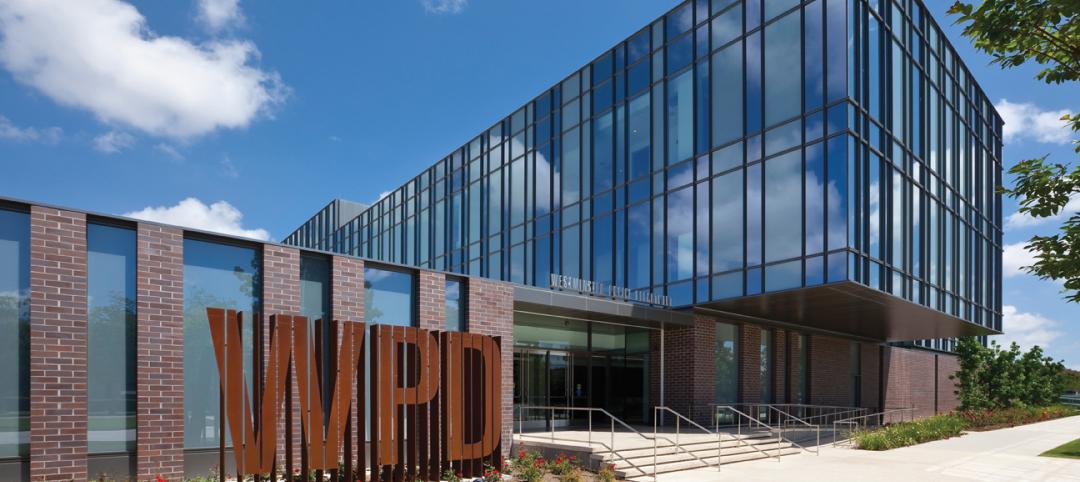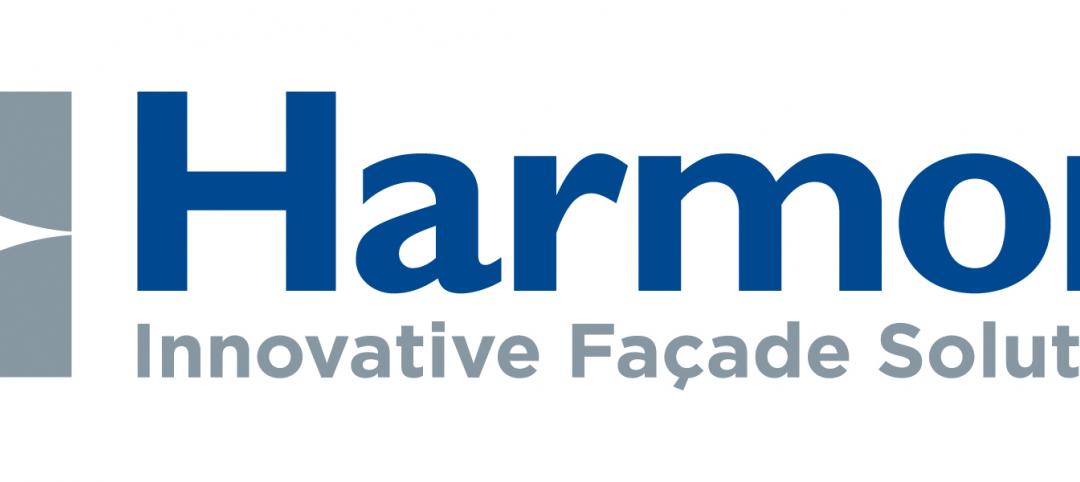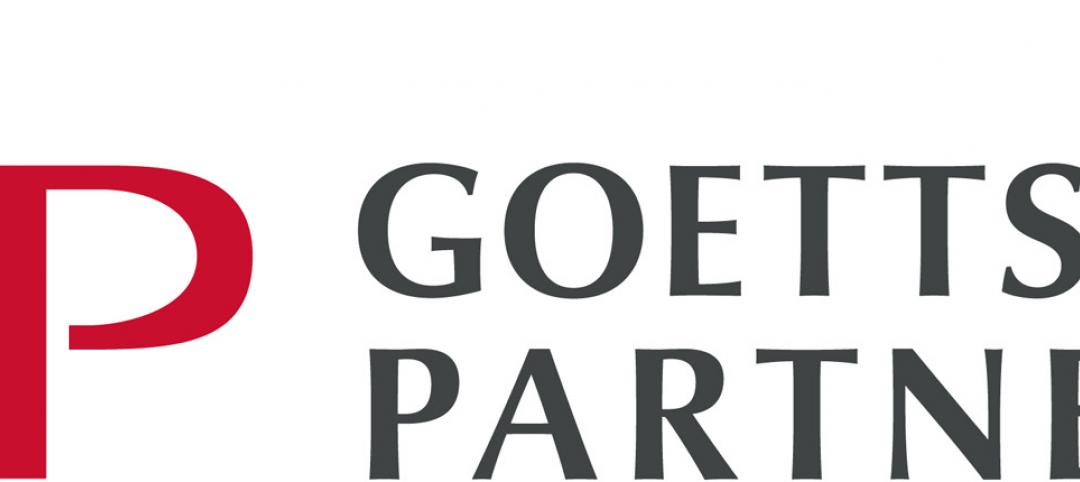Headed by the continued strength in the multifamily residential market and the emerging growth for institutional projects, demand for design services continues to be healthy, as exhibited in the latest Architecture Billings Index (ABI).
As a leading economic indicator of construction activity, the ABI reflects the approximate nine to twelve month lead time between architecture billings and construction spending. The American Institute of Architects (AIA) reported the October ABI score was 53.7, down from a mark of 55.2 in September. This score reflects an increase in design activity (any score above 50 indicates an increase in billings). The new projects inquiry index was 62.7, following a mark of 64.8 the previous month.
The AIA has added a new indicator measuring the trends in new design contracts at architecture firms that can provide a strong signal of the direction of future architecture billings. The score for design contracts in October was 56.4.
“Though it has been slow in emerging, we’re finally seeing some momentum develop in design activity for nonprofits and municipal governments, and as such we’re seeing a new round of activity in the institutional sector,” said AIA Chief Economist Kermit Baker, Hon. AIA, PhD. “It will be interesting to see if and how the results of the mid-term Congressional and gubernatorial elections impact this developing momentum.”
Key October ABI highlights:
• Regional averages: South (58.4), West (56.1), Midwest (54.4), Northeast (47.0)
• Sector index breakdown: mixed practice (56.9), multi-family residential (54.7), institutional (54.4), commercial / industrial (52.3)
• Project inquiries index: 62.7
• Design contracts index: 56.4
The regional and sector categories are calculated as a 3-month moving average, whereas the national index, design contracts and inquiries are monthly numbers.
About the AIA Architecture Billings Index
The Architecture Billings Index (ABI), produced by the AIA Economics & Market Research Group, is a leading economic indicator that provides an approximately nine to twelve month glimpse into the future of nonresidential construction spending activity. The diffusion indexes contained in the full report are derived from a monthly “Work-on-the-Boards” survey that is sent to a panel of AIA member-owned firms. Participants are asked whether their billings increased, decreased, or stayed the same in the month that just ended as compared to the prior month, and the results are then compiled into the ABI.
These monthly results are also seasonally adjusted to allow for comparison to prior months. The monthly ABI index scores are centered around 50, with scores above 50 indicating an aggregate increase in billings, and scores below 50 indicating a decline. The regional and sector data are formulated using a three-month moving average. More information on the ABI and the analysis of its relationship to construction activity can be found in the recently released White Paper, Designing the Construction Future: Reviewing the Performance and Extending the Applications of the AIA’s Architecture Billings Index on the AIA website.
Related Stories
| Aug 7, 2012
How to win more state and local government projects
With a huge building stock at their disposal, state and local governments can be attractive clients, especially in these difficult economic times.
| Aug 7, 2012
McCarthy tops out LEED Platinum-designed UCSD Health Sciences Biomedical Research Facility
New laboratory will enable UCSD to recruit and accommodate preeminent faculty.
| Aug 7, 2012
Pankow names Lum new CEO
Lum joined Pankow in 1980 in Hawaii and has held leadership roles in Pankow’s Honolulu and Northern California regional offices and was appointed president of the firm in 2009.
| Aug 7, 2012
Suffolk Construction builds new Boston Tea Party Ships & Museum
Construction management firm links history with the future by building museum using state-of-the-art virtual models and BIM technologies.
| Aug 7, 2012
Essex Builders to build church in Somerville, Mass.
The project’s design documents were prepared by Boston Bay Architects and reflect the church’s mission to serve the broader community as well as worship.
| Aug 6, 2012
Johnson Controls GWS appoints Genemaras as COO
Genemaras brings a wealth of experience in international business operations.
| Aug 6, 2012
Welton promoted to principal in Thornton Tomasetti’s Denver office
Welton serves as the manager of the firm’s Denver office and has more than 30 years of structural engineering experience across a range of project types including sports, commercial and residential.
| Aug 6, 2012
Kibby has joins the Harmon team
Kibby has over 24 years of experience in the glazing industry, coming to Harmon from Architectural Wall Systems where he worked in business development.
| Aug 3, 2012
Goettsch Partners opens new Abu Dhabi office
The GP Abu Dhabi office is managed by Steven M. Nilles, FAIA, LEED AP, a partner in the firm and resident of Abu Dhabi.
| Aug 3, 2012
Pinto promoted to VP in Thornton Tomasetti’s Philly office
Project experience includes commercial and residential buildings, government facilities, sports venues, airports and hotels.

















